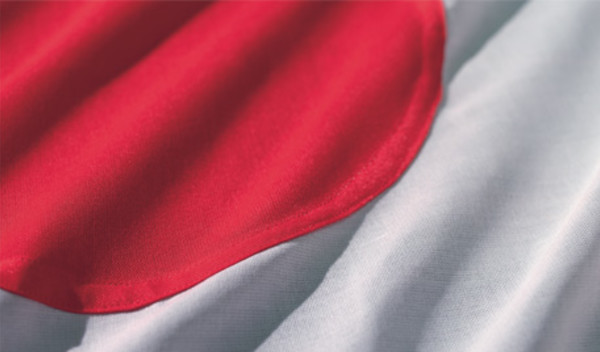Mr Kuroda has continued into a second five-year term, not least because the central bank’s giant quantitative easing programme has contributed to some beneficial outcomes.
The country’s economy has grown healthily, the unemployment rate sits at just 2.4 per cent, and Japanese corporate profitability neared record levels in 2017.
A weaker yen has driven many of these trends. Driving down the value of Japan’s currency has been a core objective of Abenomics – and quantitative easing in particular – in the hope that a drop would spark inflationary pressures. Consumer price rises may remain stubbornly low, but the yen has by and large filled its part of the bargain.
This, however, may have added to UK investors’ caution. In local currency terms, the Topix index has risen 146 per cent since Mr Abe’s arrival, not 100 per cent.
It is not so much a weaker yen that concerns fund buyers as the need to factor in the currency at all: with both the pound and the yen having shown significant volatility over the past two years, it can be difficult to separate foreign exchange moves from funds’ own investment performance.
Land of the rising funds
Nonetheless, Table 1 indicates that many funds have been able to produce considerable sterling-based returns for investors over the past five and indeed 10 years.
There is one clear standout: Legg Mason IF Japan Equity. Managed by Hideo Shiozumi, the fund comfortably outstrips all rivals over one, three, five and 10 years.
On a discrete basis, most notable of all is the fund’s performance in the year to 1 March 2016. Over this period – a time when the average fund in the sector lost money – Mr Shiozumi achieved a return of 55.4 per cent.
Yet like Abenomics itself, the fund tends to divide opinion. As its 2015-16 performance shows, the fund is capable of providing outsize returns. The problem is that these returns are not always in the right direction.
In 2006, a year not captured by our performance table, the fund shed around half its value. Returns were not much better in 2007. The lesson is that the portfolio is not for the faint-hearted.
Nonetheless, the offering’s resurgence in recent years does warrant closer attention. Mr Shiozumi tends to favour smaller stocks – the only name familiar to UK investors in the fund’s top 10 is games company Nintendo – but even Japan’s small-cap indices do not come out well from a comparison with the portfolio.











